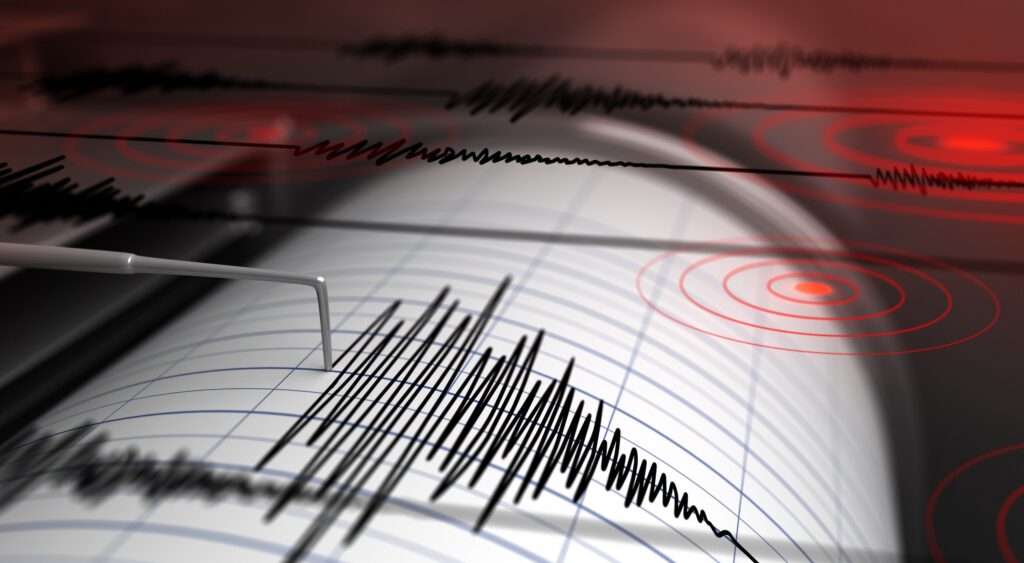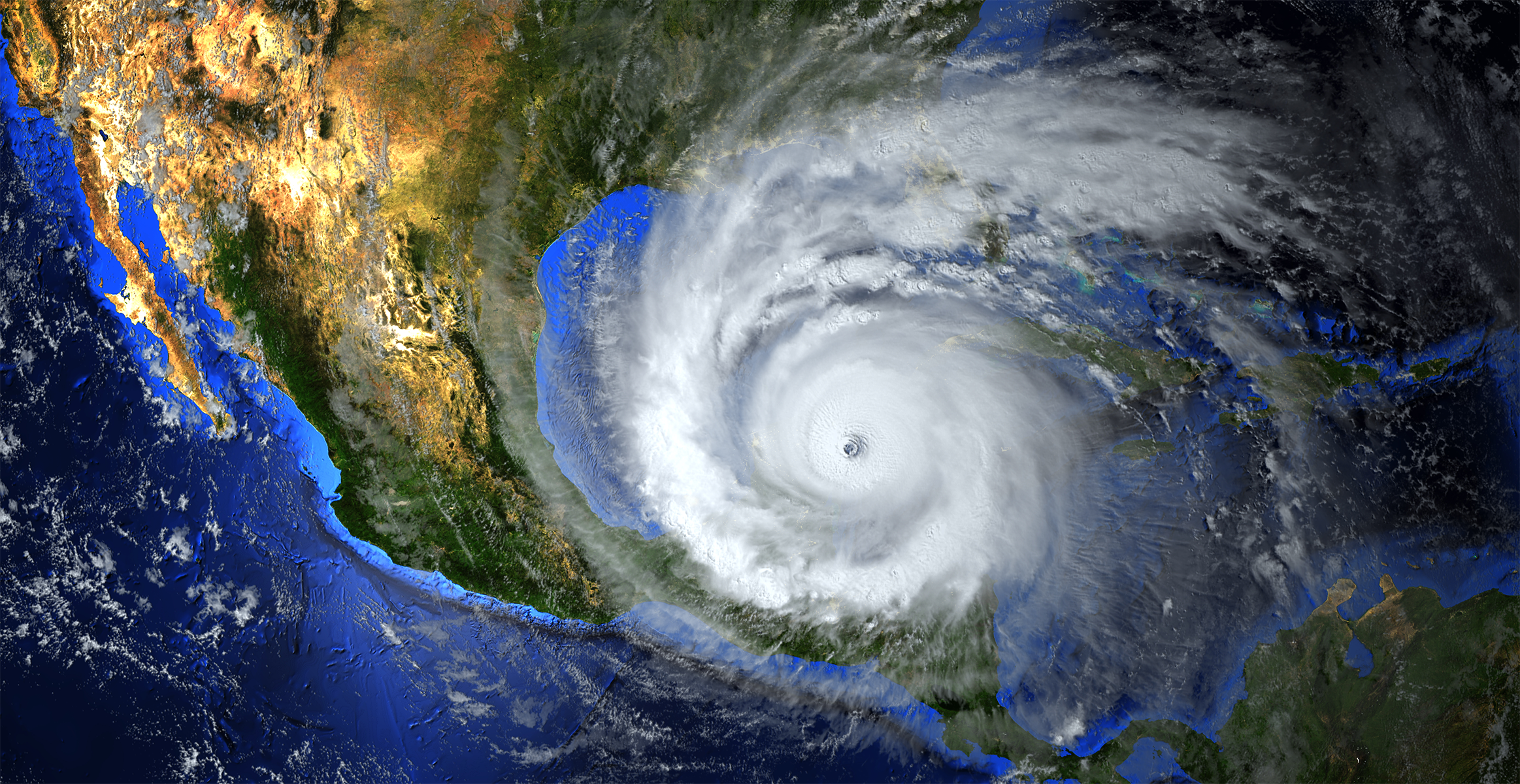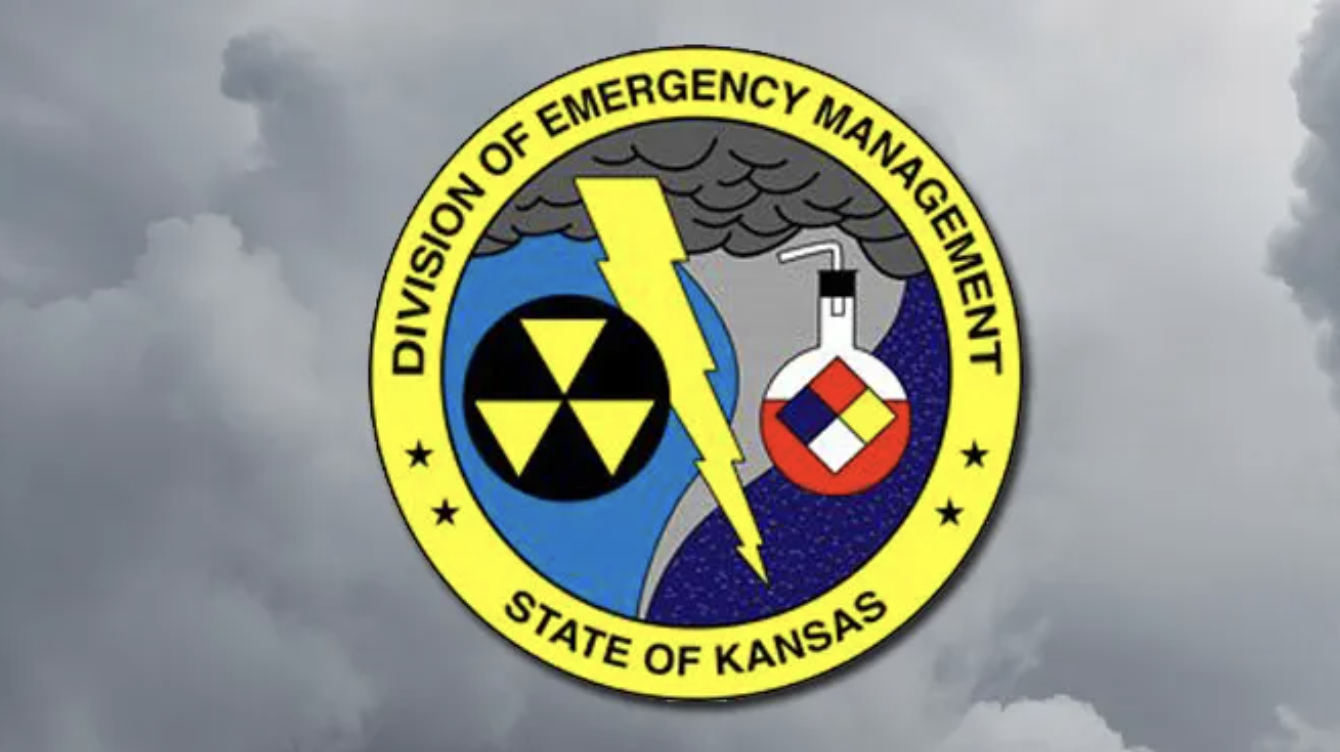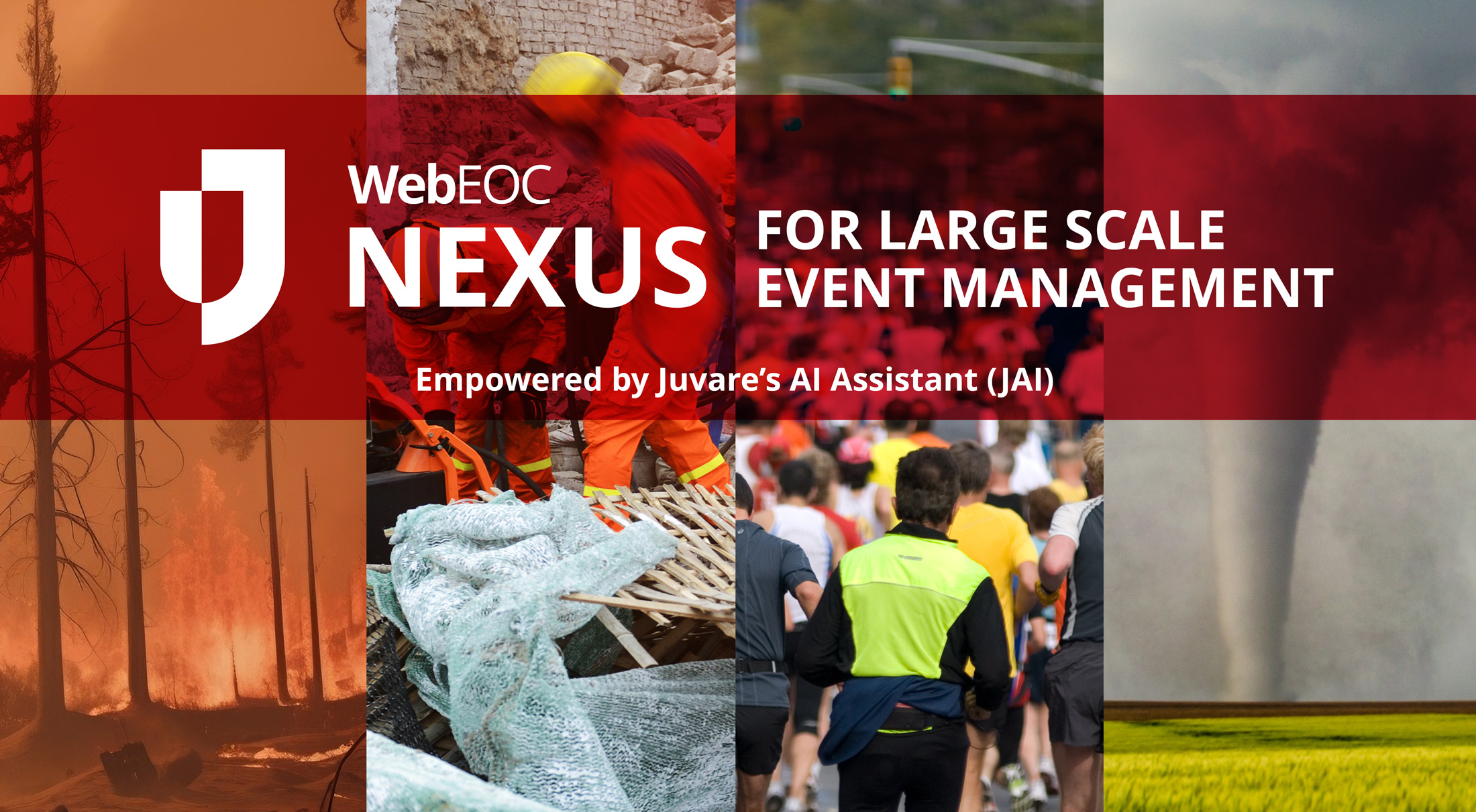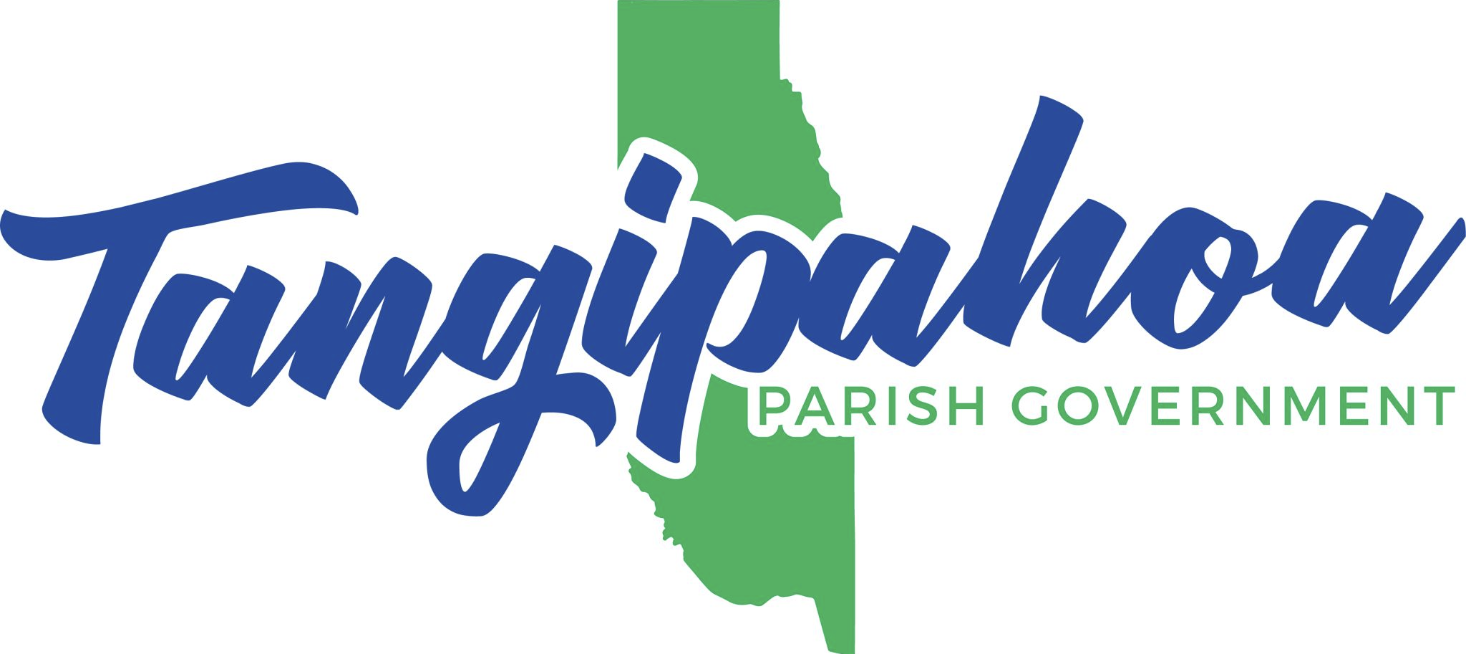Recently, South Carolina has experienced a series of minor earthquakes, with magnitudes ranging from 1.4 to 2.8, particularly around the Midlands region. These tremors are part of ongoing seismic activity in the area, linked to South Carolina’s position along the Eastern Piedmont Fault System. The state has a history of more significant earthquakes, notably the 1886 Charleston earthquake, which caused extensive damage. Although these recent quakes are small, they highlight the importance of preparedness in regions where major seismic events are rare but still possible.
Unexpected Earthquake Fault Lines Across the U.S.
When most people think of earthquakes, California comes to mind. However, the U.S. harbors several unexpected fault lines that pose serious risks. The New Madrid Seismic Zone, located near Memphis, Tennessee, can produce devastating quakes like those in the early 19th century. In the Northeast, the Ramapo Fault runs through New Jersey and New York, an area that’s densely populated yet not commonly thought of as earthquake prone. The Wasatch Fault in Utah is another area to watch, particularly because of its proximity to Salt Lake City, which is vulnerable to significant damage in the event of a quake. These lesser-known fault lines underline the importance of seismic preparedness across the country.
Why Cities Should Prepare for Earthquakes
Cities, particularly those in unexpected seismic zones, must take proactive steps to prepare for earthquakes. Historical earthquakes, like the 1886 Charleston event, illustrate the potential devastation even in areas with infrequent seismic activity. Preparing for such disasters involves updating building codes to ensure structures can withstand shaking, conducting community awareness campaigns, and developing robust emergency response plans. In many cases, the costs of preparedness are far outweighed by the potential savings in damage prevention, human lives, and recovery time.
Juvare Solutions: Helping Cities Respond to Earthquakes
When an earthquake strikes, rapid and coordinated responses are critical. Juvare’s Crisis Track automates damage assessment, allowing cities to quickly understand the scope of destruction and prioritize resources. WebEOC provides a comprehensive incident management platform that enables real-time coordination across agencies, ensuring a unified and efficient response. EMResource helps track medical resources and patients, ensuring healthcare systems aren’t overwhelmed during disasters. Together, these solutions provide cities with the tools they need to not only respond effectively but to mitigate the damage from future seismic events.









